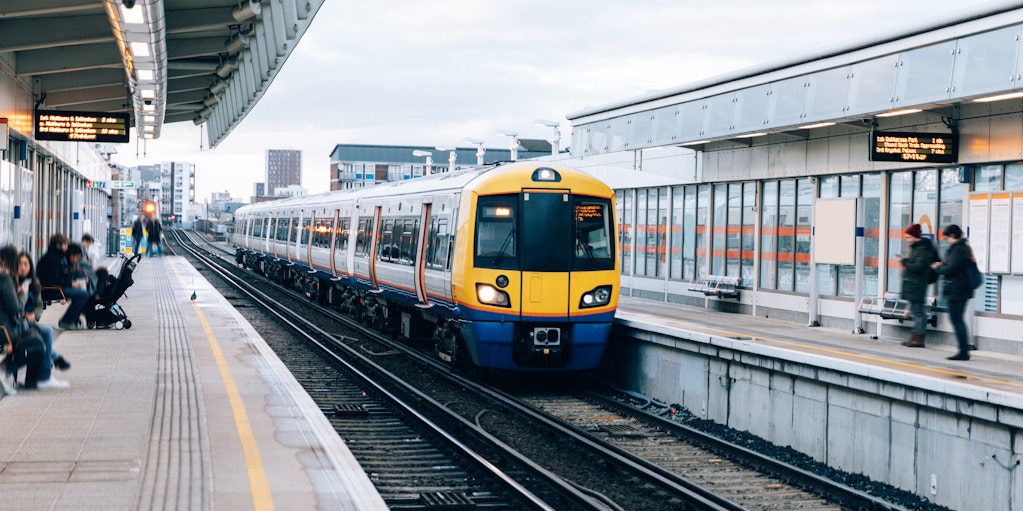
Network Rail
Pointing the way to shorter signal delays
Tags
Train delays after signal failures cost Network Rail £130 million a year in compensation to operators. A new combination of innovative technologies promises to cut that by creating a better back-up to get trains on the move faster and deliver a better service to customers. We worked closely with Network Rail to develop the business case that helped them decide to go ahead with the investment and understand the benefits it will bring to the UK economy for years to come.
Key successes
- Made the case for technology that will cut the cost of train delays by millions of pounds per year
- Demonstrated how the technology will benefit the UK economy by £54 million over 25 years
Putting customers first
Network Rail owns, operates, maintains and develops Britain’s railway. Its role is to run a safe, reliable and efficient railway, serving customers and communities. But to do so, Network Rail must embrace new technologies to keep pace with the changing transport landscape and customers’ evolving needs.
Network Rail had identified opportunities where technology could modernise its processes and deliver a more seamless experience. For example, when a railway signal stops working, trains in and around the section of track it controls have to stop until they can move on safely. Currently, the only way to make sure the right train moves at the right time is for engineers to be sent to the track to pass the driver a paper form and then act as hand signallers to get trains moving again. The engineer then passes the form to the next train waiting to enter the signal area. At peak times, this very manual and expensive process can result in delays which leave hundreds of passengers stranded at a time.
Network Rail’s R&D programme wanted to install secure radio communication in trains to keep drivers informed and give them instructions. They also wanted to use track-side equipment to tell signal staff exactly where trains are and what position railway points are in. This means issues can be resolved quickly, without engineers needing to go directly to the tracks.
To make this vision a reality, we brought together a team with broad expertise to enable Network Rail to test these solutions and make a case for change.
Mobilising a diverse team
Our business intelligence experts began by performing cost benchmarking against the chosen technologies to understand and challenge the costs of each. By analysing costs and the likely impact on train traffic, we showed Network Rail that these technologies would be good value for money.
Our modelling and traffic simulations experts then set about quantifying the benefits these new technologies would bring, including reduced journey time and compensation payments, which enabled decision makers to understand the impact of the new system on the rail network. We used analytics to change data in real time under different scenarios, including whether some or all of the rail network’s routes introduced different combinations of the technology. Even the least favourable showed the £146 million capital and R&D investment would be worthwhile.
Making the case for change
As a public organisation, Network Rail needs to ensure better more effective spending decisions, meaning any investment must demonstrate clear benefits to its passengers and the wider economy. Our experts in business case methodology were able to bring our findings together and create a robust business case which distilled complex messages and articulated the case for change.
We showed that once the system is fully rolled out in around two years, Network Rail will save up to £8 million a year. Trains will be on the move up to 32 per cent faster after signal failures, delivering a better experience to passengers and strengthening Network Rail’s reputation. And our analysis revealed the changes will benefit the UK’s economy by around £112 million over 25 years.
Explore more





